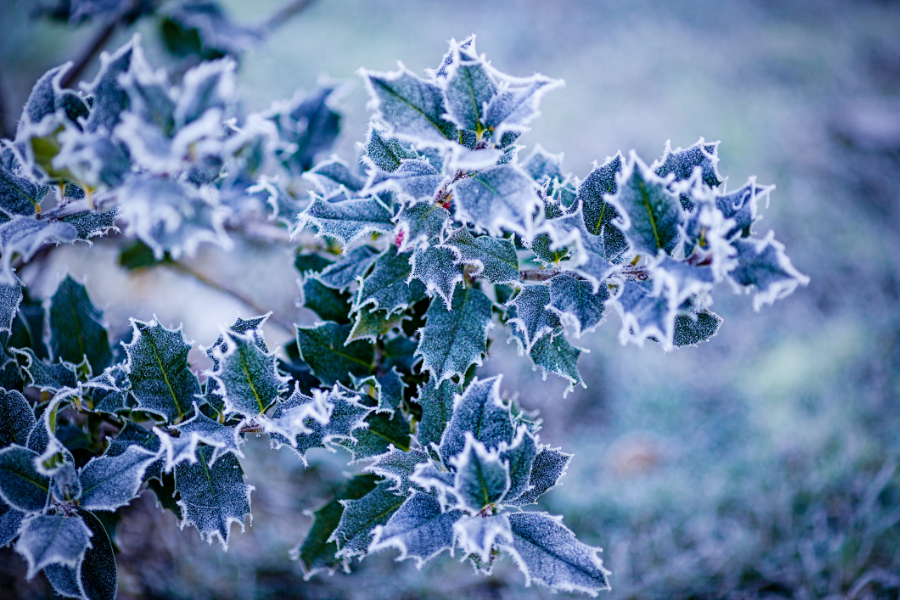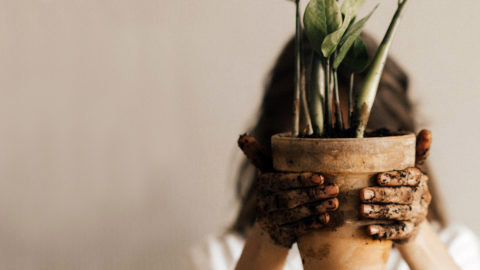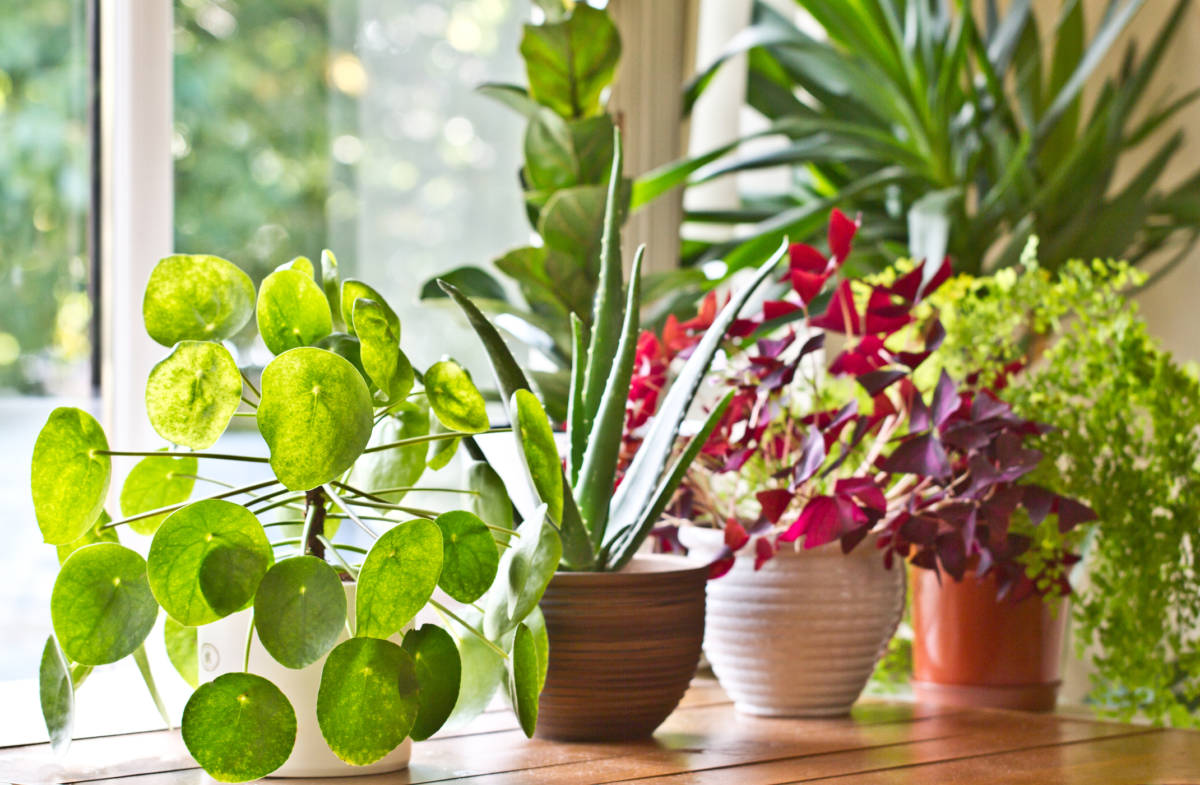Can You Bring Outdoor Plants Inside to Survive the Winter?
Although not all outdoor plants survive the move indoors, many can!
Nov 28, 2018
Old Man Winter may soon show his icy face, but that doesn’t mean you have to put your green thumb to rest for several months. While not all outdoor plants will survive being transplanted and cared for indoors, many will!

While certain plants require more specialized instructions, this general guide will teach you how to move plants inside for the winter.
3 things to do before moving plants indoors
Unfortunately, moving plants indoors is not as simple as just picking them up and bringing them indoors. Moving plants indoors to a drastically different environment than they’re used to can result in them going into shock. That’s why it’s important to take certain precautions to protect both your beloved plants and home.
1. Get rid of any bugs
It’s important to clear any bugs off your plants' leaves, especially if they've been sitting outside all summer. Aphids, mealybugs, and spider mites are some of the most common kinds of bugs that attach themselves to plants, so keep an eye out for those in particular. You should also check the soil, as there can be bugs hiding there as well.

2. Prune it
Pruning certain plants not only keeps them from dropping leaves on your floor but keeps your plant healthy — which it needs to be to survive a sudden change to its environment.
3. Repot it
When bringing a plant indoors, repot it in a container that’s roughly 2 inches larger than the one it was in previously. You should also make sure to repot it several weeks before you’re going to bring your plant in. This will ease its transition.
6 things to do while your plants are inside
If you’ve made it to this stage, congrats! The hardest part is over. Now all you have to do is keep your plants thriving. Here are six ways to help you do that.
1. Place them where they’ll thrive
While your rose plant may look beautiful catty cornered in your living room, that may not be the best place for it health-wise. Just like when you planted them outside, it’s important to think about your plant’s sun, shade, and water needs.
2. Gradually adjust the temperature
Most houseplants (and humans, for that matter) don’t like to live in temperatures lower than 45 degrees. That said, they also don’t like sweltering hot conditions. If you keep your house on the warmer side, lower the temperature when you first bring plants in and gradually raise the temperature by a couple of degrees every few days. Plants that are in full sun should be slowly moved to a more shady area so they get used to the eventual change indoors.

3. Move them inside at night
You can also acclimate plants to your home by bringing them inside at night. This will help them gradually get used to the changes in air quality, temperature, and humidity levels.
4. Water them less often
Because these plants won’t be sitting in the hot sun, they won’t need to be watered as often. A good rule of thumb is to water houseplants only when their soil is dry to the touch. You should also have a saucer under them to protect your floor and let you know once a plant has been adequately watered.
5. Give them indirect sunlight
We all know plants love light, but too much of a good thing can be harmful. Impurities in glass magnify the sun’s rays and can burn a plant’s leaves. For that reason, never leave a plant near a window.
6. Accept what can’t be moved
Some have to go dormant for the winter in order to maintain their health and, thus, cannot be brought inside. Rose bushes, hydrangeas, and lilies are just a few plants that should be left out in the elements.







